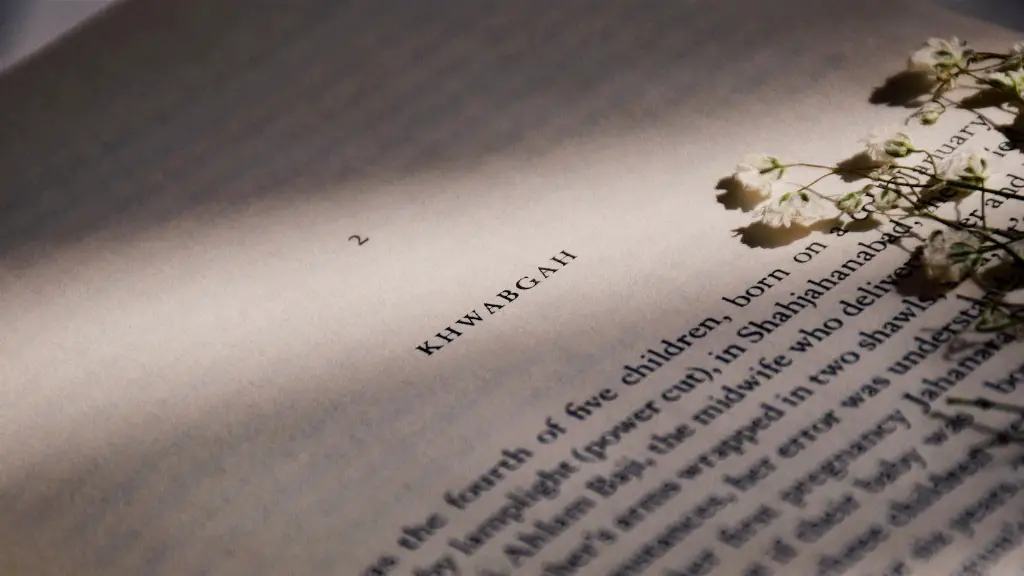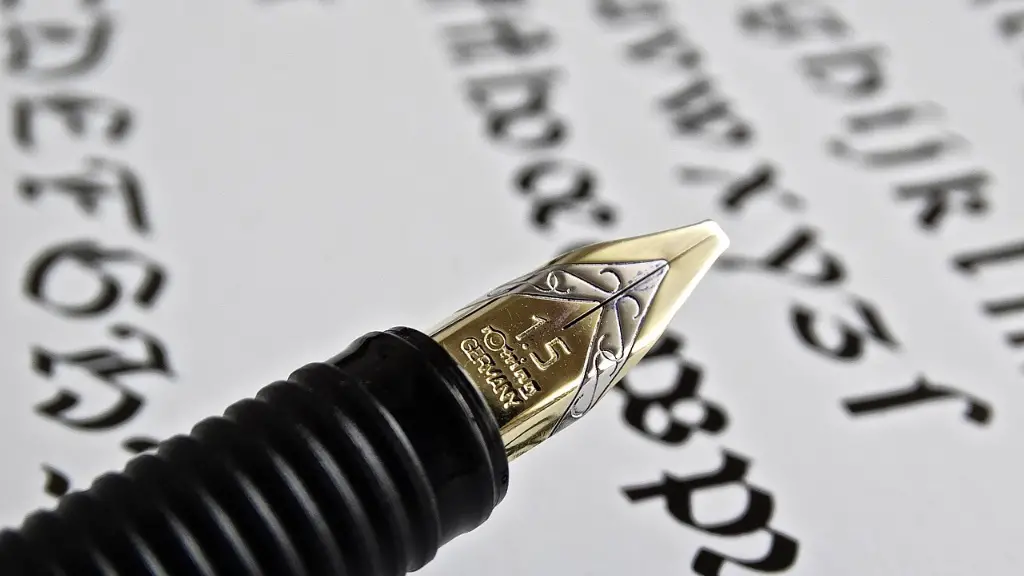What is Japanese Poetry?
Japanese poetry is a major form of Japanese literature that dates back to the 7th century. The most popular form of Japanese poetry is known as “Haiku” and typically follows the syllable pattern of 5-7-5. These poems contain just 17 syllables, giving the reader an insight into the transient world around them. As one of the oldest forms of written communication in Japan, Haiku is deeply rooted in the country’s culture and history.
Traditions and Meanings Behind 5-7-5
At the heart of all traditional Japanese poetry is the idea of expressing the unspoken and speaking to the natural environment in a way that can’t be done with words. 5-7-5 provides the perfect platform for this. The structure of the 5-7-5 haiku provides poets with an opportunity to convey an emotion or a moment in time. The haiku is designed around the Confucian thought of wabi-sabi, which represents the concept of impermanence, or a moment’s beauty in the course of life.
The use of the 5-7-5 structure in haiku also reflects the underlying idea of taking pleasure in tiny details and moments of life. By using a strict syllable pattern, poets are able to convey powerful messages that can be appreciated by readers. Haiku always contain three lines and it is always important to take a moment to appreciate the underlying meaning behind them.
Expressing Nature and Seasons in Poetry
Japanese poetry often uses natural elements and imagery to convey the seasonal change in nature. Thus, the use of 5-7-5 pattern helps to create a distinct and powerful narrative.
The most important factor of any haiku is the season it is written in, as this provides the poetic context to the poem. For example, the use of certain words may change the seasonal context of the haiku and can portray the idea of life’s changes over the course of the four seasons.
Bashō, one of the most famous poets of early Japan, famously wrote about nature and the seasonal change. His works often capture the state of mind through powerful metaphors and imagery, as well as emphasizing the changing of seasons in Japan. His writings are a testament to the power of 5-7-5 as a structure for haiku.
Capturing the Moment in 5-7-5
The haiku is a great tool for capturing a moment in time and conveying it to the reader. Poets often use the 5-7-5 syllable pattern to create a concise yet deeply symbolic poem.
In Japanese culture, the act of observing and appreciating details in the present moment is known as ‘shasei’, or life drawing. It is often used in haiku to describe a feeling or emotion, as well as capturing a moment that is often fleeting or ephemeral. Haiku often uses the 5-7-5 structure to capture the mood of the moment and express it in a succinct and powerful way.
Exploring Emotions Through 5-7-5
Haiku can be used to explore emotions in ways that can’t be expressed in wider literature. It is an effective way to portray feelings and inner thoughts that may otherwise be too difficult to communicate.
In 5-7-5 haiku, the words are carefully selected for their emotional power. Poets use vivid imagery and metaphors to evoke an emotional response in the reader. Each word can convey an emotion or feeling and the structure of the 5-7-5 poem allows those feelings to be expressed in a powerful way.
Artistic Expression Through 5-7-5
Japanese poetry often serves as a form of artistic expression. The use of 5-7-5 in haiku allows poets to express their own individual style while still adhering to a certain structure. In addition, the haiku is also highly suitable for including humour in its poetry.
Haikus are often used to comment on the everyday life in Japanese society, as well as presenting a humorous take on certain topics. Poets may use the 5-7-5 structure to present a humorous take on certain topics, or to convey their own political views in a witty and entertaining way.
Incorporation of Traditional Japanese Values in 5-7-5
Japanese poetry often includes traditional values, as well as its own unique approach to life. The use of 5-7-5 allows for a poetic expression of these values in a way that can be enjoyed by readers.
These values may include concepts such as harmony with nature, acceptance of impermanence and mortality, and appreciation for the beauty of life. These values are often presented in haiku through vivid imagery, metaphors and symbols that resonate with the reader. The 5-7-5 structure is the perfect vehicle for conveying such values in a succinct and meaningful way.
Exploring Buddhism in 5-7-5
Japanese poetry often has its roots in Buddhism, and the 5-7-5 structure is no exception. The haiku is the perfect platform for expressing the basic principles of Buddhism, such as non-attachment, impermanence and acceptance of change.
Buddhist concepts such as emptiness, the arising and passing of things, and the cycle of life and death can all be explored through haiku. The 5-7-5 structure provides a succinct and powerful way to present these ideas in a meaningful way.
Contemporary 5-7-5
Modern haiku is often seen as a tool for exploring contemporary issues and presenting new perspectives. With the 5-7-5 pattern, poets are able to express their ideas in an easy to understand way that is often full of subtle wit.
Modern haiku can often be found in newspapers, magazines and online, and can explore a range of topics from politics to art. The 5-7-5 pattern allows for a concise way to present opinion and ideas in a poetic way, and is a great way for contemporary poets to express their ideas and thoughts.
Analyzing Poetry Through 5-7-5
Haiku is also often used as a tool for analysis and contemplation. By using the 5-7-5 syllable pattern, poets can explore a concept or idea in depth, often finding deeper meaning and connections.
Haiku can provide insight into the world, offering an interpretive and reflective approach to life that can be enjoyed by readers. With its succinct and powerful messages, haiku can often present an intelligent alternative to traditional, longer forms of poetry.
Differing Styles of Japanese Poetry
The 5-7-5 structure of Japanese poetry is just one of many different forms of poetry in Japan. Other popular forms of poetry, such as tanka and renga, vary greatly in their structure, but they all carry on the traditional spirit of Japanese literature.
Whilst haiku is the most popular form of Japanese poetry, tanka is often seen as its more lyrical counterpart and renga as a collaborative form of writing. All three forms of Japanese poetry are designed to use the powerful but concise structure of 5-7-5 to explore topics such as nature, emotion, and life in general.
The Beauty and Power of 5-7-5
5-7-5 is an integral part of Japanese poetry, providing a canvas for poets to explore topics in a concise and meaningful way. The structure of 5-7-5 can be used to capture moments of beauty and emotion in a powerful way, as well as exploring traditional values, Buddhism and contemporary issues.
Japanese poetry is an ancient art form and it continues to live on today, due to its ability to capture moments in time in such a succinct and meaningful way. Whilst other forms of poetry may come and go, the power of 5-7-5 haiku will always remain.



